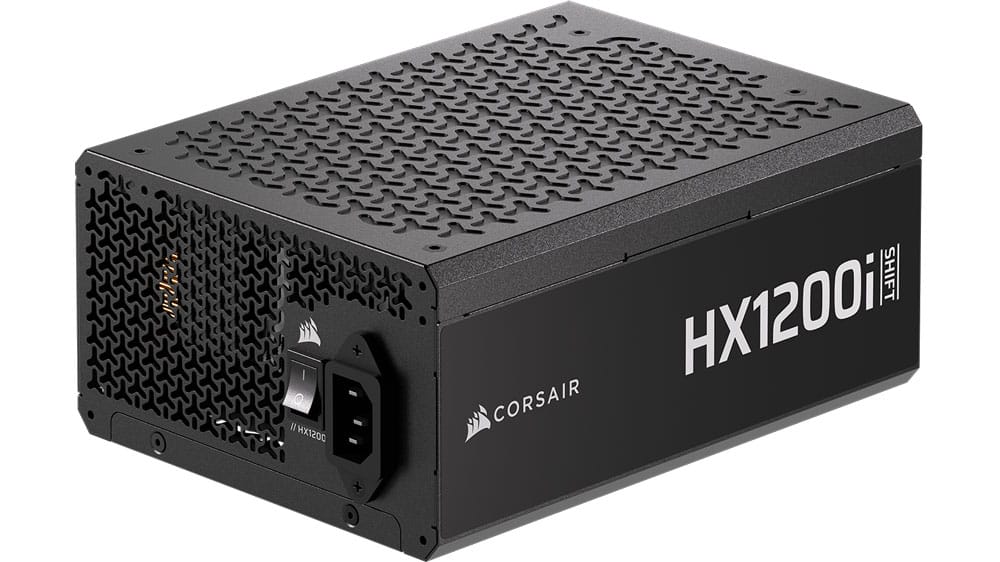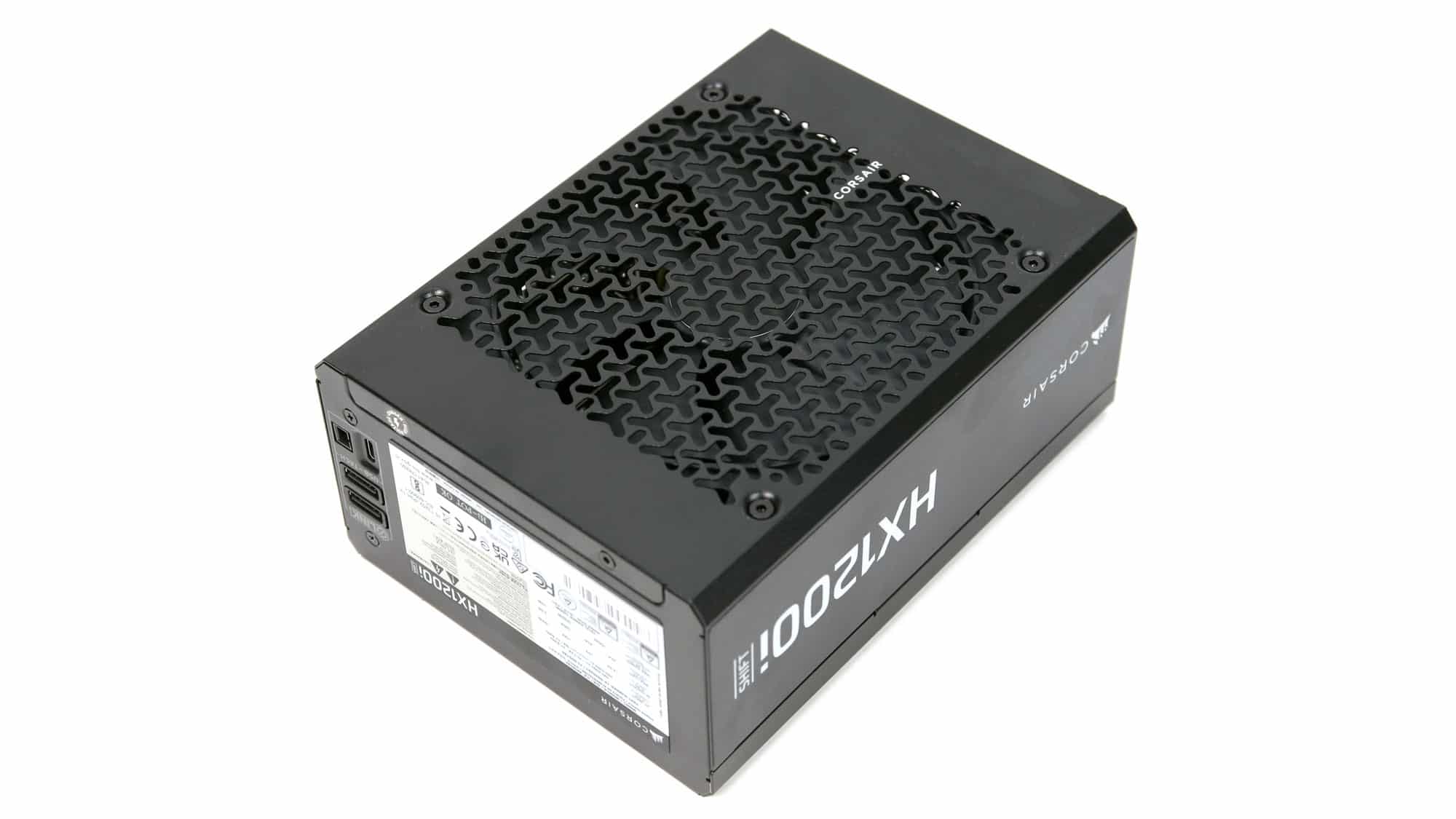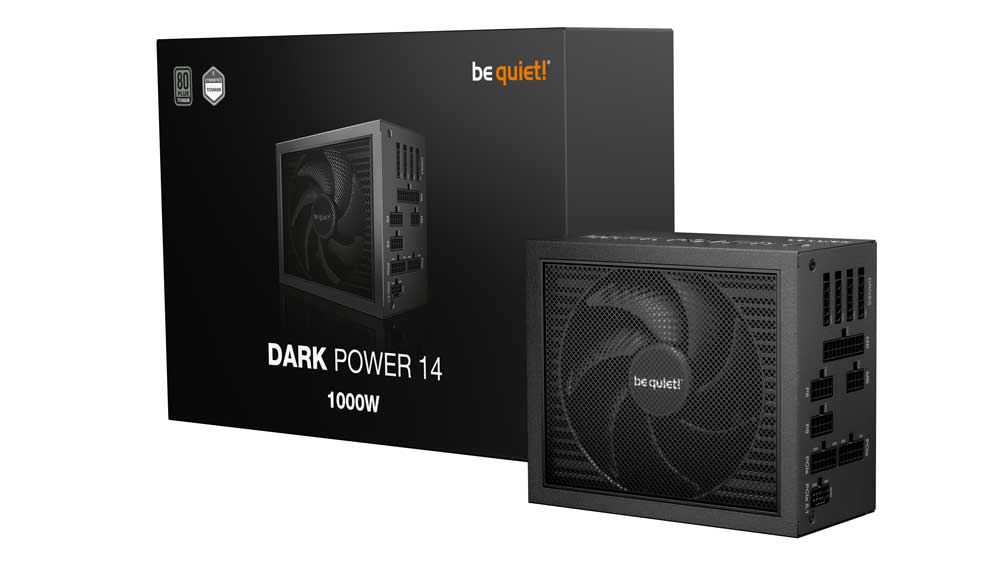Epilogue
As with the HX1000i Shift, you have to ask yourself whether you really need the integrated iCUE LINK system hub, which lets you connect and control up to 24 compatible devices. This hub alone costs $60, and making the necessary changes to include it inside the PSU further increases the cost. You should also consider whether you can use the side modular panel before you buy it. In other words, check whether it is compatible with your chassis and offers better cable routing and management. All in all, the iCUE Link system costs a bomb, but it is fantastic that you have a single cable connecting so many devices. No need for extra power and ARGB cables, but you need a serious amount to build the system of your dreams with iCUE Link-compatible components.
The HX1200i Shift offers high overall performance, but you can still find higher-performing PSUs in this wattage category, costing less. The primary asset of this unit, which sets it apart from the crowd, is the integrated iCUE Link hub.
Before investing in a new power supply, read my article on the Best ATX v3.x PSUs to compare all alternative PSU offerings. You help me a lot by using my affiliate links, which don’t increase the price of the product. I receive a commission from Amazon every time you do it, which can make a significant difference for me, especially now that I am working independently, exclusively for my media, rather than for someone else.
- Delivered full power at 47°C
- ATX v3.1 and PCIe CEM 5.1 compliant
- Cybenetics Platinum rated
- Conservatively set 12V OCP
- Good parts used
- Highly efficient 5VSB rail
- High PF readings at 115V
- Silent operation
- Within 1% load regulation
- Good ripple suppression
- Good transient response (normal loads)
- Over 20ms hold-up time
- (Dead) low inrush currents
- Low vampire power
- Alternative Low Power Mode (ALPM) compatible
- Fan failure protection
- FDB fan
- 12+2-pin PCIe connector set at 600W
- Integrated iCUE LINK System Hub
- Expensive
- Protection features need adjustments (OCP and OPP)
- Mediocre transient response at 12V (high loads)
- Increased EMI emissions in my sample
- Not so high efficiency at light loads
- Low PF readings at 230V




3rd page: *cooling fan is a Corsair NR140(H)P
newer model probably?
Next up is the flagship hxi1500 shift?
I have some issues with my review sample, working for new ones.
So the testing will be delayed?
a little bit yes